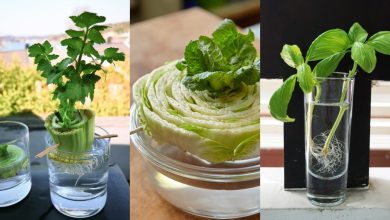All about Canna Indica
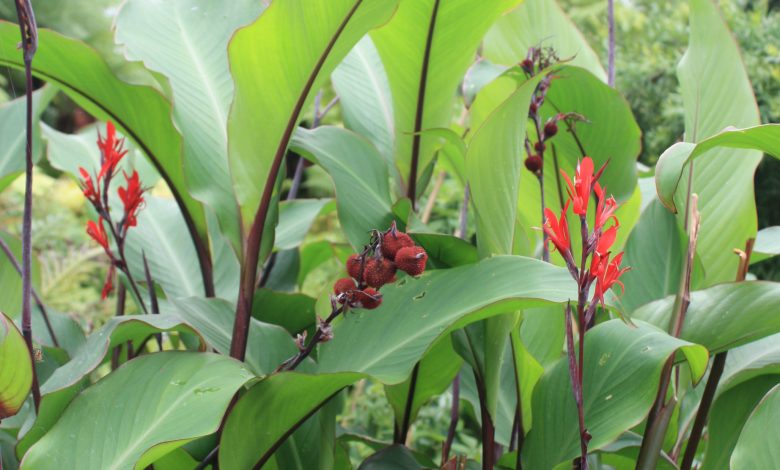
Among the ornamental garden plants, the Canna Indica has a special place in complementing the exterior aesthetics in the home. In turn, in other parts of the world it is even harvested to extract certain elements of its flora, thus becoming both a useful and beautiful plant.
The Canna Indica, popularly known as Caña de Indias, Achira, Caña Coro or Dragon’s Tongue, is a perennial plant that can reach a height of up to 3 meters, depending on its species. It is native to South America, specifically Peru, where there are records of its cultivation dating back more than 4,500 years.
Yes, just as you read. This plant is cultivated in other parts of the world , since achira starch can be obtained from it, which is used in the preparation of various recipes, generally with flour. It is widely used in countries like Colombia and there are even industrialized factories for the processing of the plant.
On this side of the world, the Caña de Indias is seen as an ornamental plant . Its flower, colorful and imposing, usually decorates gardens, entrances and pathways. The stems are what determine its height, while its leaves are green and can vary in shades and width, simulating embracing the flower.
The flower, for its part, is usually in a vibrant tone that ranges from yellow, orange and red, easily becoming the protagonist over so much green. It has a size between 4.5 to 7.5 centimeters and its petals are of the erect type.
Learn to plant Cane de Indias in a pot
Being so popular as a decorative plant for the garden and homes in Spain and the rest of Europe, many botany and gardening enthusiasts have been interested in growing the plant for themselves. Consequently, now we will teach you how to plant common reeds in pots so that you can enjoy a very beautiful and distinguished plant in your own home:
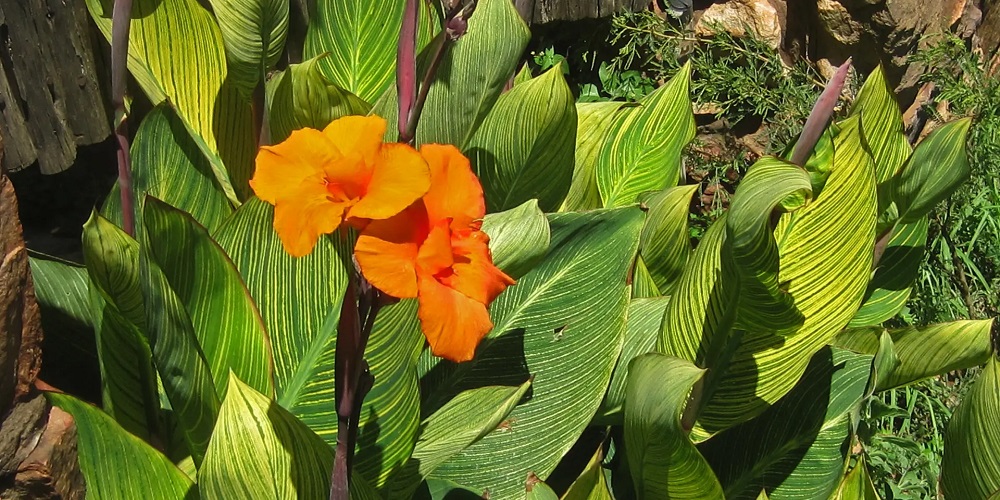
1. Planting season
The first thing you should take care of when deciding to plant the Canna Indica is to choose the right season, since it is generally advisable to grow it outdoors.
The planting of the Caña de Indias in a pot must be done at the beginning of the spring season and always in pots that have a minimum diameter of 20 centimeters and a maximum of 38 centimeters. Although the latter is for when you want the plant to grow in groups of three.
Being of South American origin, Canna Indica can grow very well in environments with temperatures between 14 °C and 27 °C, so it is not advisable to try to plant it during the fall or winter, as it could delay or completely frustrate its growth. developing.
2. Compost preparation
Compost is an essential element for your Caña de Indias to grow properly. A popular and effective composition to plant it is using a mixture that contains equal parts of the following components: fine sand, compost, dry leaves and highly fibrous black earth.
Remember that Caña de Indias can shed seeds and sprouting rhizomes , so having a light soil that stays moist is crucial for its general propagation.
3. Irrigation style
The irrigation instructions for the Canna Indica are not too demanding, but they do have several requirements that you must anticipate in order to guarantee the plant the necessary attention and care.
At first, you’ll want to make sure you keep the compost at an acceptable moisture level so the rhizome can settle properly and new shoots begin to appear. Then, you should add liquid fertilizer to the irrigation session 2 times a week.
During the spring and summer months of the season, the plant will need more regular watering, since the compost will dry more quickly.
4. Propagation of the plant
At the moment of wanting to increase the number of plants in the garden, it is necessary to review which is the most effective method to do it and the Caña de Indias offers more than one.
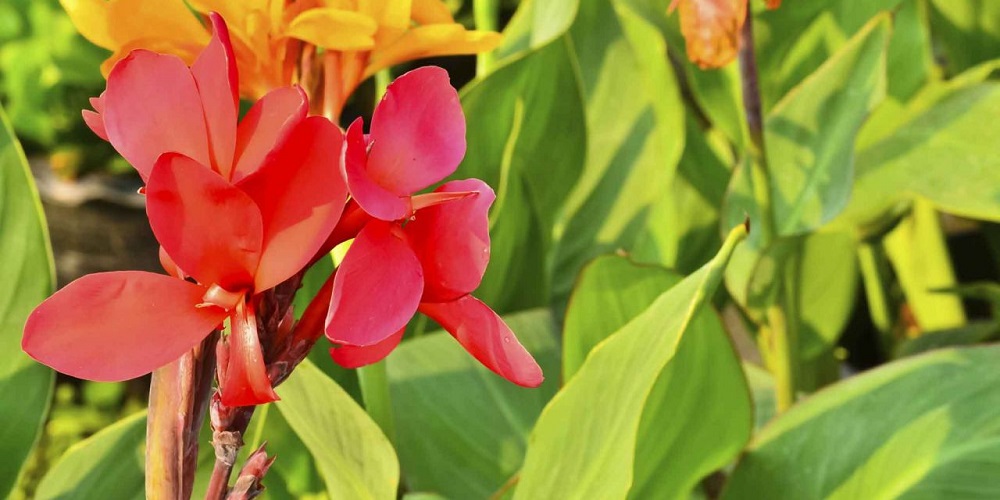
- by division
When you want to grow the number of Canna Indica in your garden or pots, the most practical thing is to use the rhizome division method. To carry it out, you will have to wait for winter to end and spring to start again, just like at the beginning. When the first shoots of the plant start to appear, carefully remove the top layer of soil until you see the rhizomes , which should be full of buds at the bottom.
Take one of the rhizomes and carefully separate it from the others and then plant it in pots with the regular Canna Indica compost and keep it in a warm space until you notice that it begins to develop. After this, treat it the same as your other Caña de las Indias.
- by germination
If you do not want to go through the process of planting between pots, you can also reproduce them through the germination of their seed, but you should know that the process can take up to 4 months.
The seed of the Caña de Indias comes in a dark and rigid capsule , so before sowing it, you should soak it in a pot of warm water for a period of at least 24 hours . When it has softened, cut it back a bit to increase germination speed and plant it in a pot filled with compost. Insert the cut seed 1.5 centimeters deep and water until everything has been moistened. Now take the pot to a shady place, preferably indoors where the temperature is 24°C and you will need to water it regularly to prevent the compost from drying out.
For any botanist, caring for cannabis plants with good results is a test of their skills in plant management, which, although not too demanding, must be done well in order to obtain healthy flowering and, in addition, provide of prolific rhizomes for transplanting.

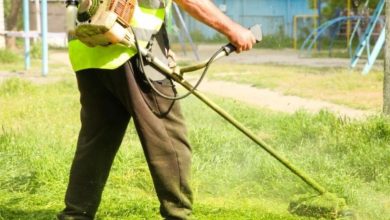
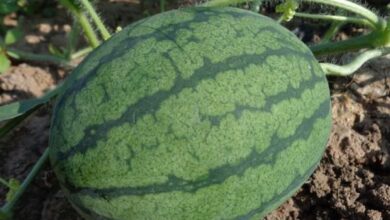
![Photo of Nandina cuttings: [Grafts, Time, Rooting and Planting]](https://www.complete-gardening.com/wp-content/uploads/2022/08/nandina-cuttings-grafts-time-rooting-and-planting-390x220.jpg)
